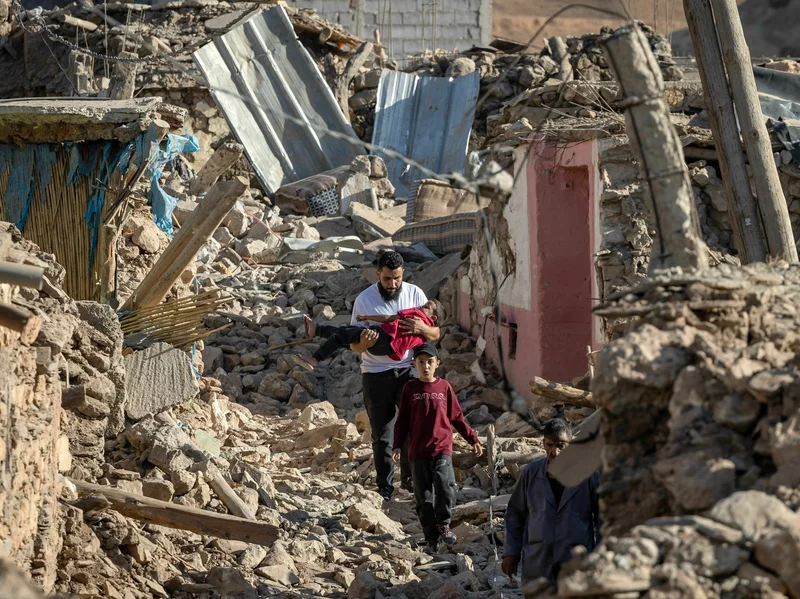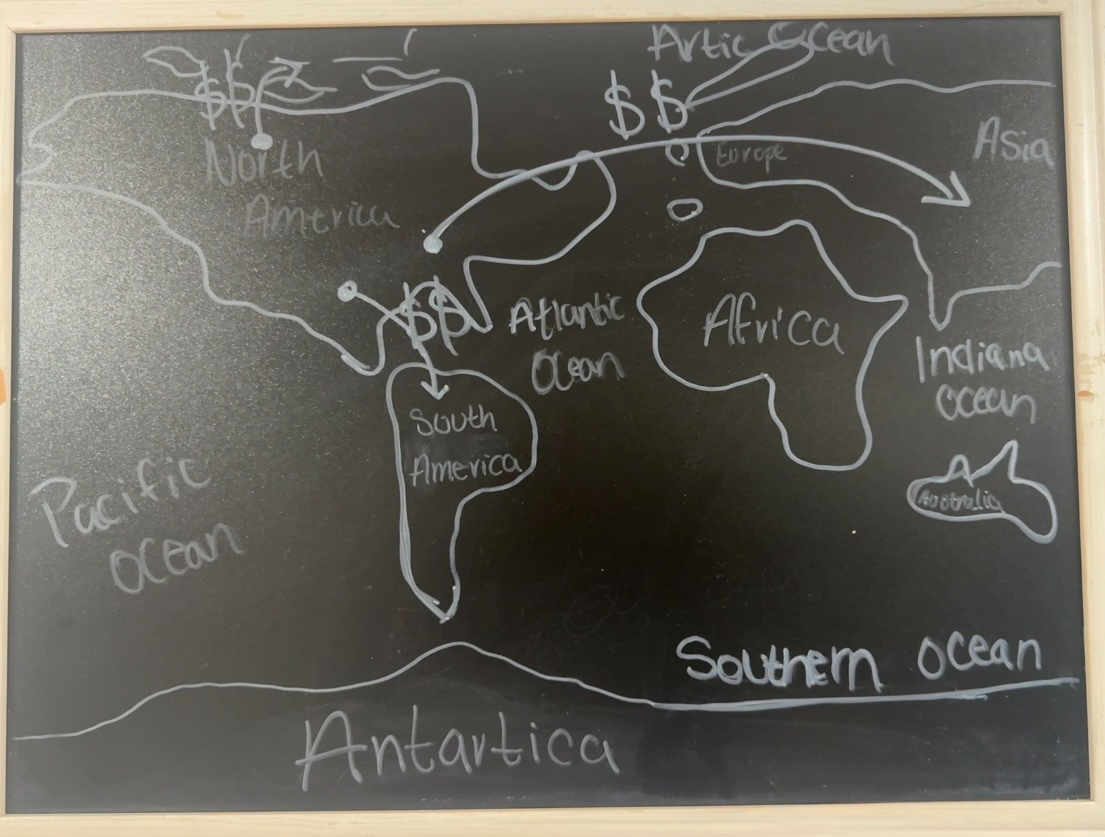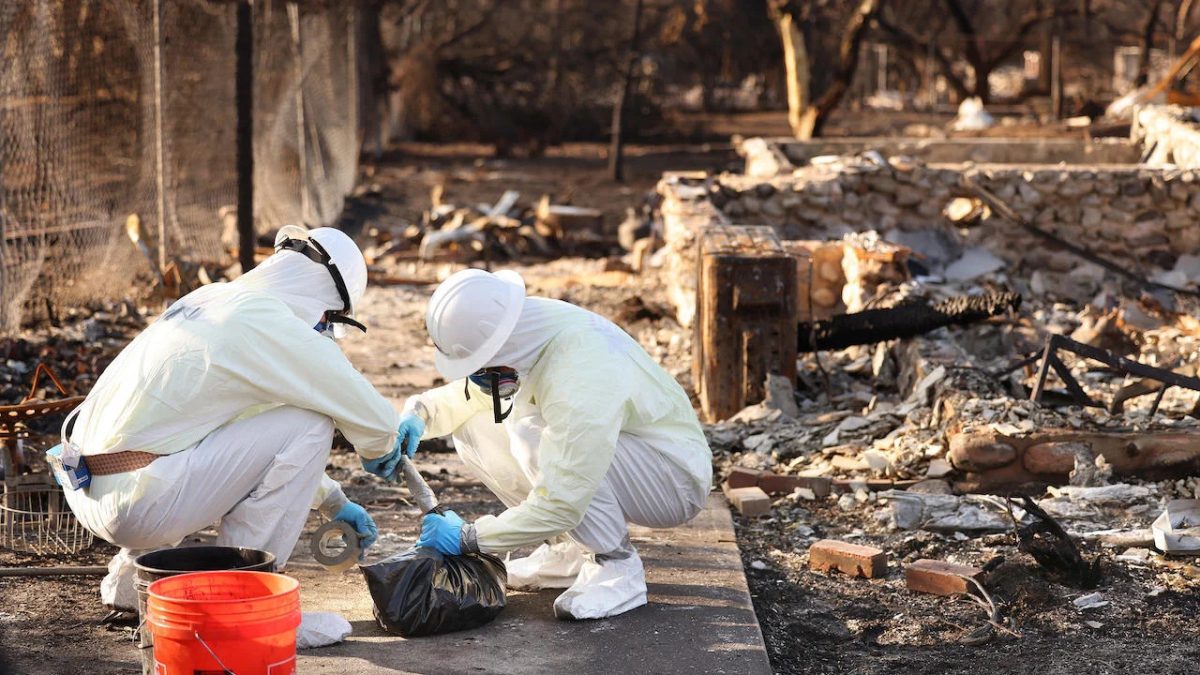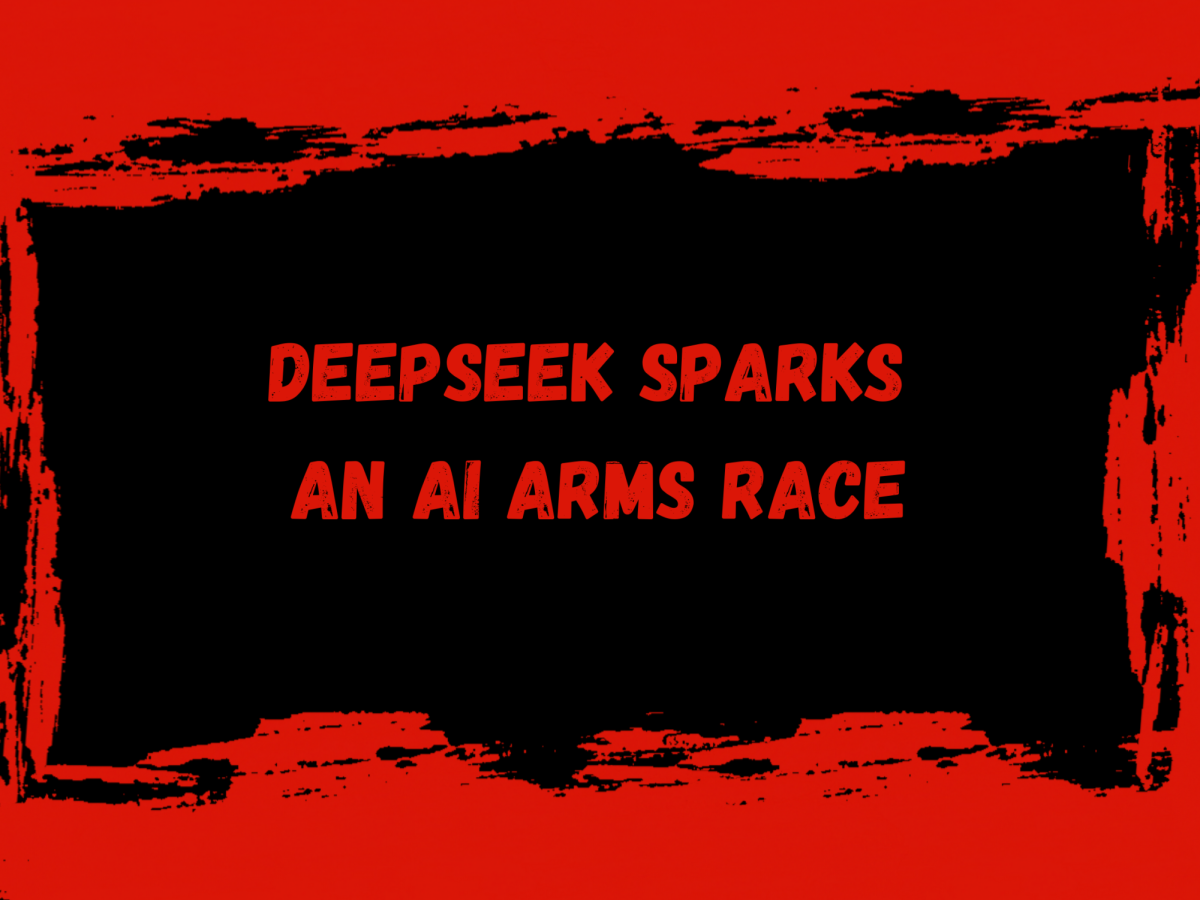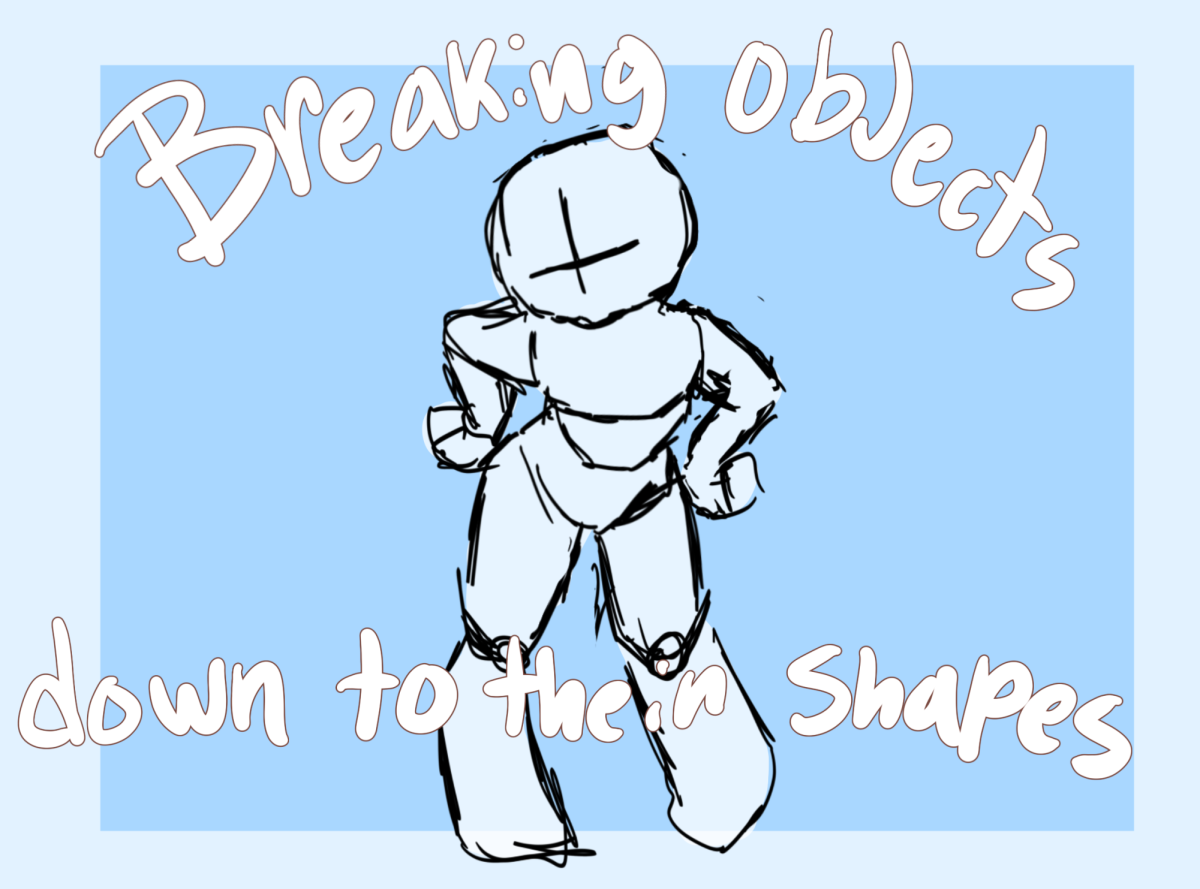September 8, a deadly earthquake struck Morocco, its epicenter hitting the High Atlas mountains region. The disaster left towns buried in rubble, with the number of deaths, injuries and missing persons still rising. Due to the location of the quake’s epicenter, rescue efforts proved difficult through the rural and steep terrain.
Morocco has suffered through earthquakes in the past, but this quake possessed rare strength at a magnitude of 6.8, making it the country’s deadliest seismic tremor since 1960. Experts say the event occurred due to African and Eurasian plate collisions. Although the Atlas region experiences heavy seismic activity, quakes greater than the magnitude of six have not occurred in the affected area since the US Geological Survey began its records in 1900.
Al-Haouz, the province that faced the brunt of the quake, reached a death count of 1,684 as of September 13. The area includes remote settlements and hard-to-reach villages, which pose a challenge to rescue workers’ efforts, along with destroyed roads hindering attempts to enter these stricken areas. The quake ravaged surrounding regions along the foot of the Atlas Mountains. As aid groups continuously work to access isolated, hard-hit areas, the predicted death count continues to rise. The catastrophic event has gained worldwide attention and offers from other countries for assistance. Morocco has only selected international aid from four countries: Spain, Qatar, the U.K. and the United Arab Emirates. Aid organizations within Europe have expressed frustration from not receiving official requests for assistance from the Moroccan government.
“We know there is a great urgency to save people and dig under the remains of buildings. There are people dying under the rubble, and we cannot do anything to save them,” founder of Rescuers Without Borders Arnaud Fraisse said.
Destroyed homes and collapsed buildings now cover communities in Morocco as the search for people under rubble continues. The quake’s epicenter struck the town of Marrakech, where tourists flock to learn about its rich history from their historical buildings and structures. Now, medieval mosques and palaces look unrecognizable, with piles of bricks and stone in place of the sites. Marrakech’s Medina district, a UNESCO World Heritage site, now shows extensive cracks and crumbling walls.
Rescuers and experts point to the lack of building integrity as the leading cause of casualties. The building materials predominantly used in these areas carry designs that cannot withstand the extent of seismic tremors. Earthen elements have become a favored, century-old home option as they alleviate the region’s hot climate. However, these materials have led to the vulnerability of homes to suffer extensive damage than homes that employ earthquake-resistant materials such as reinforced concrete.
“There’s not a lot of structural support in mud and brick. You need to have steel reinforcement when you use brick so they didn’t have steel reinforcement. They need to have rebar reinforcement. So whenever you stack bricks up, what you have to do is put mud in between the bricks, but you use a continuous steel rod that goes up in between each one of the bricks,” Architecture Drawing And Design teacher Connie Highnote said.
Survivors now struggle to recover from the sudden loss of their homes and broken towns. Remote towns have lost electricity and communication services, disconnecting them from the outside world. Ways individuals can help victims of the quake can come through donating to organizations that provide assistance and essential supplies to reach the epicenter’s region. Groups such as The International Medical Corps and GlobalGiving’s Morocco’s Earthquake Relief Fund have set up donation platforms on their websites where users can easily donate online.




